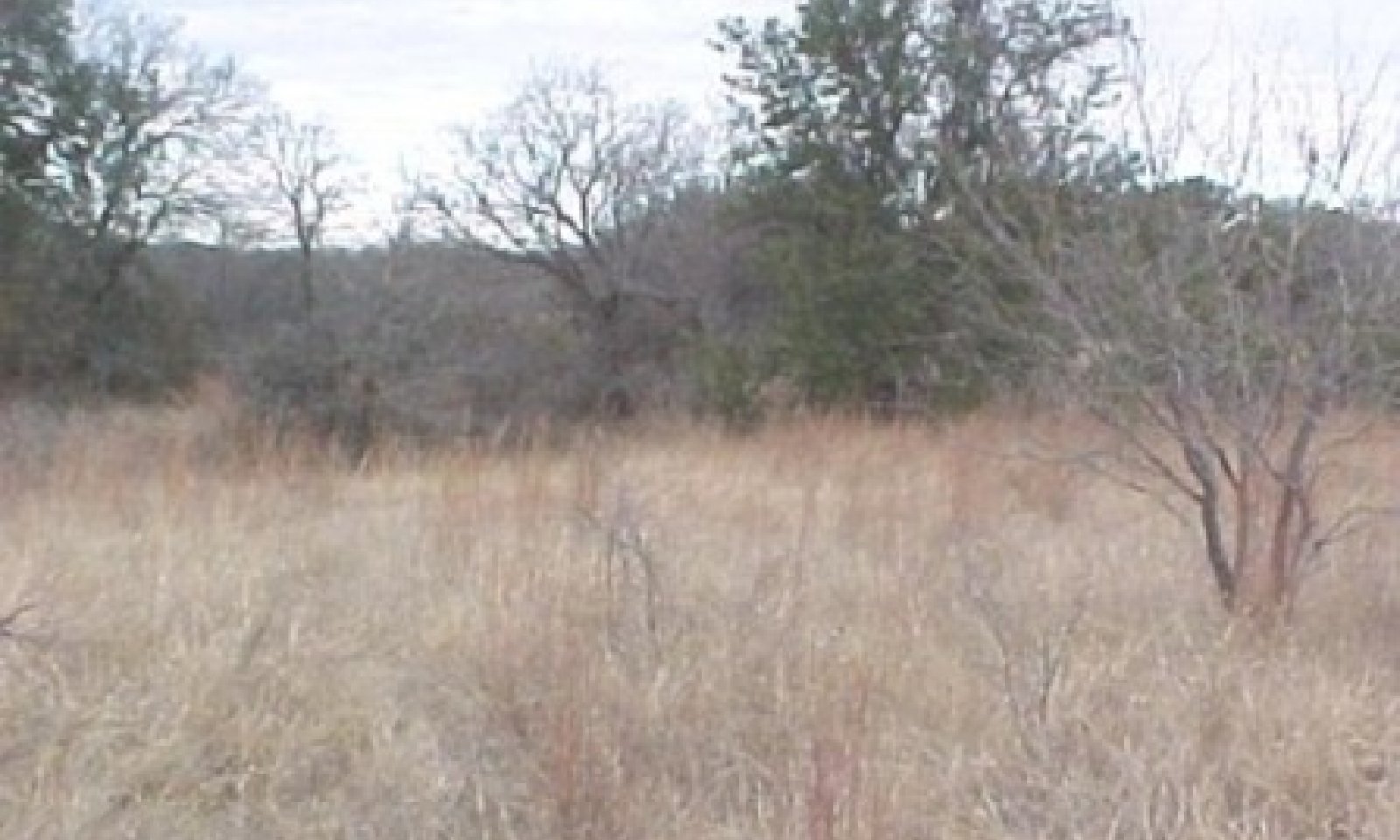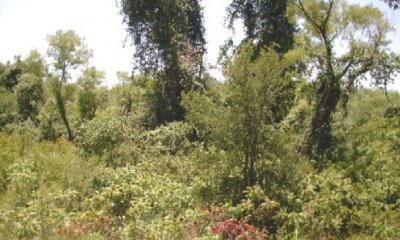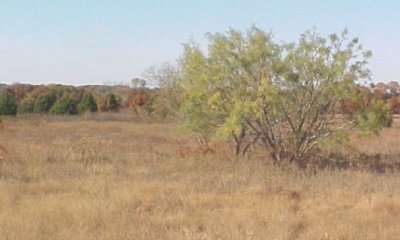
Loamy Bottomland 29-33" PZ
Scenario model
Current ecosystem state
Select a state
Management practices/drivers
Select a transition or restoration pathway
- Transition T1A More details
- Restoration pathway R2A More details
- Transition T2A More details
- Restoration pathway R3A More details
-
No transition or restoration pathway between the selected states has been described
Target ecosystem state
Select a state
Description
The interpretive plant community for this site is plant community 1.1. The community is dominated by warm-season perennial tallgrasses with mixed hardwoods. The major perennial grass species are well dispersed through the community. Perennial forbs and shrubs are well represented throughout the community. Annual production ranges from 4000 to 8000 pounds per acre. Grasses make up about 85% species composition and trees/shrubs make up 10% species composition.
The Tallgrass/Shrubland Transition Community occurs when elm starts regeneration and the tallgrasses will start to disappear from the plant community. Invader brush (mesquite, juniper, yaupon, etc.) appears and becomes established. Cedar elm, bumelia, and hackberry also start to increase. Texas wintergrass increases as brush canopy increases. The plant community consists of about a 15 percent canopy of mature trees with an understory canopy of shrubs and young elm and pecan. Annual production ranges from 4000 to 8000 pounds per acre. Grasses consist of 65% species composition while woody species consist of 25% species composition.
Submodel
Description
The Shrubland Transition Community (2.1) consists of 50 to 80% canopy of maturing woody plants. As the shrubland community ages, pecan and elms mature and the invader species increase. Warm-season perennial tallgrasses such as Indiangrass and switchgrass have all but disappeared. As the brush canopy continues to increase, Texas wintergrass, three-awns (Aristida spp) and annuals continue to increase. Where cropland has been abandoned mesquite and/or juniper may dominate the site. Annual production ranges from 4000 to 8000 pounds per acre and grasses comprise of 25% species composition while woody species comprise of nearly 55% species composition.
The Woodland Community is a closed overstory (greater than 80% canopy) woodland dominated by pecan and elms. Other overstory and understory woody species are present in small amounts The herbaceous understory is almost nonexistent except for remnants of shade-tolerant species occurring in small amounts. Small isolated clearings will contain little bluestem, perennial threeawns, Texas wintergrass and small amounts of other grasses. Due to the presence of shade the amount of grass cover is greatly reduced which in turn reduces forage production from the historic state. Annual production ranges from 4000 to 8000 pounds, with grasses making up 10% species composition and woody species making up 65% species composition.
Submodel
Description
The Converted Land Community occurred from first settlement by European settlers during the middle 1800’s and continued until early 1900’s. Some remains in cropland today. The early cropping with little regard for erosion control leads to severe erosion by water. Erosion changes fertility, soil structure and moisture holding capacity of the soil. In recent years if cropping is abandoned the land is usually planted to introduced grass and manages as pastureland. This site is often planted to introduced grasses following crop production or brush control. Typical species planted include bermudagrass varieties, yellow bluestems and switchgrass. Many of these species are invasive and once established they are difficult to remove and hinders the establishment of native species.
The Three-awn/Invasive Brush Community occurs when pastureland of introduced is no longer fertilized annually and fertility decreases three-awns and forbs start to appear on the site. As this change continues invasive brush of primarily mesquite appears followed closely with elms, primarily cedar elm. This site is most often planted to introduced grasses following crop production or brush control.
Submodel
Mechanism
With the continued heavy grazing pressure, no fires, and idled land conditions, the Tallgrass/oak Savannah State transitions into the Oak/Shrubland State.
Mechanism
The Shrubland State can be restored into the Tallgrass Bottomland State with the use of various conservation practices including Prescribed Grazing, Brush Management, Range Planting, and Prescribed Burning.
Relevant conservation practices
| Practice | External resources |
|---|---|
|
Brush Management |
|
|
Prescribed Burning |
|
|
Range Planting |
|
|
Prescribed Grazing |
Mechanism
With the application of Pasture/Hayland Planting, Crop Cultivation, Pest Management, and Nutrient Management conservation practices, the Shrubland State can be converted into the Converted Land State.
Mechanism
With heavy continuous grazing, no brush management, no fires, no pest management, no nutrient management, and land continues to be in idled conditions, the Converted Land State will revert back to the Shrubland State.
Model keys
Briefcase
Add ecological sites and Major Land Resource Areas to your briefcase by clicking on the briefcase (![]() ) icon wherever it occurs. Drag and drop items to reorder. Cookies are used to store briefcase items between browsing sessions. Because of this, the number of items that can be added to your briefcase is limited, and briefcase items added on one device and browser cannot be accessed from another device or browser. Users who do not wish to place cookies on their devices should not use the briefcase tool. Briefcase cookies serve no other purpose than described here and are deleted whenever browsing history is cleared.
) icon wherever it occurs. Drag and drop items to reorder. Cookies are used to store briefcase items between browsing sessions. Because of this, the number of items that can be added to your briefcase is limited, and briefcase items added on one device and browser cannot be accessed from another device or browser. Users who do not wish to place cookies on their devices should not use the briefcase tool. Briefcase cookies serve no other purpose than described here and are deleted whenever browsing history is cleared.
Ecological sites
Major Land Resource Areas
The Ecosystem Dynamics Interpretive Tool is an information system framework developed by the USDA-ARS Jornada Experimental Range, USDA Natural Resources Conservation Service, and New Mexico State University.




